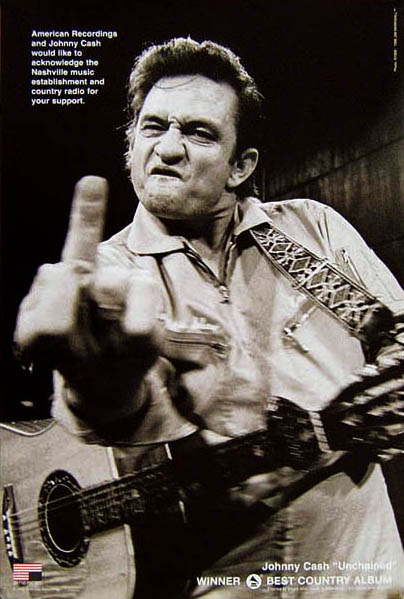Happy belated Opening Day! The season is underway, of course, and I’ve been particularly busy finishing up the Fantasy Baseball Index Spring Update series, drafting a fantasy team of my own to compete in the True Blue LA league, and trying to keep my head above water at Baseball Prospectus.
For starters, here’s my entry in the BP staff’s Preseason Predictions. Now, with the caveat that I don’t think these mean terribly much, nor am I terribly good at them, I’ve got the Rays, Twins and Rangers winning their respective AL divisions, with the Yankees as the Wild Card, meaning I’ve predicted that the Red Sox will be the team on the outside looking in — hey, somebody’s gotta stay home. And yes, I did intentionally leave fifth place in the AL Central blank, reserving sixth for the Royals. As for the NL, I’ve essentially predicted a repeat of last year’s postseason slate, with the Phillies, Cardinals and Dodgers joined by the Wild Card-winning Rockies.
Here are my award predictions:
AL MVP: 1. Evan Longoria 2. Joe Mauer 3. Mark Teixeira
AL Cy Young: 1. Felix Hernandez 2. CC Sabathia 3. Justin Verlander
AL Rookie of the Year: 1. Brian Matusz 2. Neftali Feliz 3. Austin Jackson
NL MVP: 1. Chase Utley 2. Albert Pujols 3. Troy Tulowitzki
NL Cy Young: 1. Roy Halladay 2. Clayton Kershaw 3. Tim Lincecum
NL Rookie of the Year: 1. Jason Heyward 2. Stephen Strasburg 3. Aroldis Chapman
AL East, NL West and NL MVP aside, my picks matched the consensus at BP, probably the first time that’s all happened.
Meanwhile, this year I’ve decided to split up the weekly Prospectus Hit List into AL and NL versions. The preseason versions of each went up late last week. The NL version is here, and the AL version is here, topped by the three beasts of the AL East:
#1 Red Sox
Defensive Posturing? New England worrywarts may fret about a lack of offense straight out of some Borgesian nightmare. Indeed, the winter’s key arrivals—John Lackey, Adrian Beltre, Marco Scutaro, Mike Cameron—tilt more towards run prevention, bolstering the rotation both directly and with a renewed commitment to defense borne of last year’s sorry 28th-place ranking in Defensive Efficiency. As for the offense, relax chowdaheads, we’ve got the Sox projected for a True Average of .270 (second-best in the majors), not to mention the top record in all of baseball. (847 RS, 696 RA)#2 Rays
Rays-ed Hopes: The darlings of 2008 got a harsh lesson in come-back-to-earthiness last year, but this team is so stacked it should carry an NSFW tag. The addition of Wade Davis to the rotation, the continued development of David Price and a bounceback from B.J. Upton all add to the upside achievable by this talented corps, headed by MVP candidate Evan Longoria and the lineup’s Swiss Army knife, Ben Zobrist, and backed by an organizational depth which is simply unrivaled. (820 RS, 705 RA)#3 Yankees
No rest for the World Champions. Despite their efforts to get younger—punting Johnny Damon and Hideki Matusi for Curtis Granderson and Nick Johnson—their success still hinges upon whether Derek Jeter, Jorge Posada and Mariano Rivera can continue defying the aging process, not to mention whether Alex Rodriguez’s hip remains intact. PECOTA sees the Yanks having their hands full battling the younger Rays and deeper Red Sox, and that’s without accounting for their efforts to ward off the inevitable distractions surrounding The Jobacalypse. (859 RS, 749 RA)
Though I split the two leagues, I also posted a combined Hit List ranking, using a league adjustment factor to correct for the AL’s recent interleague superiority. Those rankings look pretty askew, with only one NL team in the top eight, and only one AL team in the bottom 10:
Rk Tm HLF
1 Red Sox .622
2 Rays .591
3 Yankees .590
4 Phillies .537
5 Rangers .536
6 Mariners .534
7 Athletics .534
8 Twins .526
9 Cardinals .526
10 Tigers .512
11 Indians .512
12 Rockies .512
13 White Sox .512
14 Braves .511
15 Orioles .502
16 Angels .501
17 Royals .495
18 Dodgers .490
19 Giants .483
20 D'backs .482
21 Marlins .469
22 Astros .465
23 Cubs .462
24 Mets .462
25 Blue Jays .460
26 Brewers .456
27 Reds .456
28 Nationals .433
29 Padres .425
30 Pirates .402
The Dodgers below the Royals and Orioles? As I wrote in the One-Hopper entry, I’ve got a hard time accepting that. Soon enough we’ll have enough real results to put the projections aside, but for the moment, it’s something to chew on.
Back later with more…


